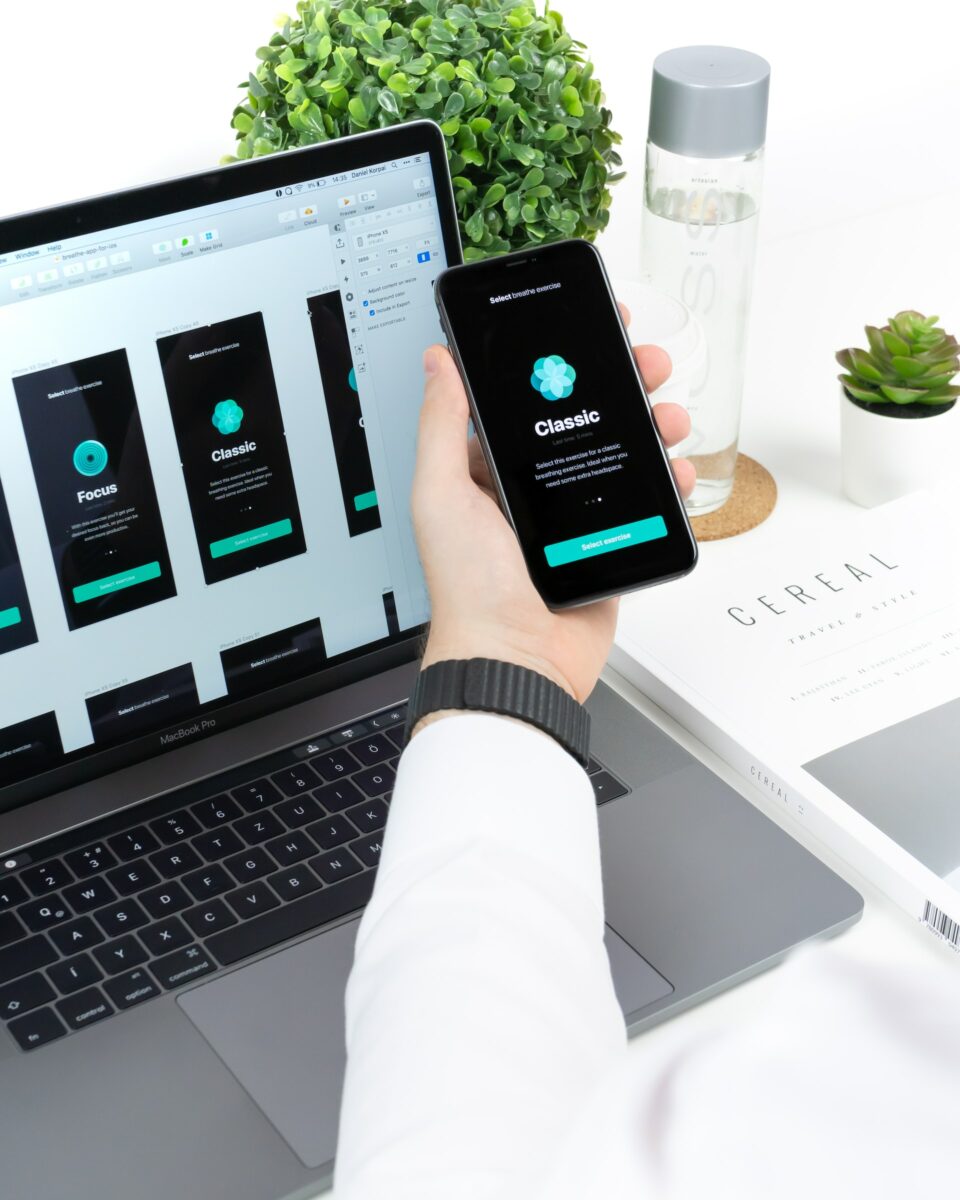Nowadays, digital experience monitoring plays an influential role in our lives. From using websites and mobile apps to shopping online and interacting with various digital products and services, digital experiences are ubiquitous.
However, as these digital products and services evolve, ensuring that they are user-friendly and easy to use becomes increasingly important; this is where usability testing comes into play.
Usability testing evaluates the ease with which users interact with a product. It involves observing users as they perform tasks on the digital product and gathering feedback on their experience.
This mobile app testing aims to identify usability issues or design flaws that impede users from achieving their goals or performing tasks efficiently.
Usability testing provides insights into how users interact with a digital product and helps enhance the digital experience in several ways.
Post Contents
- 1 Ways Usability Testing Enhances Digital Experiences
- 1.1 Usability Testing Provides Actionable Insights
- 1.2 Usability Testing Identifies User Pain Points
- 1.3 Usability Testing Improves Product Adoption
- 1.4 Usability Testing Enhances User Satisfaction
- 1.5 Usability Testing Saves Time and Money
- 1.6 Usability Testing Helps To Meet User Expectations
- 1.7 Usability Testing Ensures Accessibility
- 1.8 Usability Testing Provides A Competitive Advantage
- 1.9 Usability Testing Helps To Prioritize Design Changes
- 1.10 Usability Testing Provides a Holistic View of the User Experience
- 2 Conclusion
Ways Usability Testing Enhances Digital Experiences
Usability Testing Provides Actionable Insights
By observing user behavior, designers and developers can identify issues that users face while using digital products.

They can gather feedback on the product’s ease of use, understand the user’s needs, and improve the user experience accordingly.
Usability testing provides actionable insights that help designers and developers to make data-driven decisions and prioritize design changes that enhance the user experience.
Usability Testing Identifies User Pain Points
Usability testing provides an opportunity to identify user pain points- areas of frustration or confusion that users experience while using the product or service.
Pain points can arise from various factors, such as poor design, confusing navigation, or lack of clarity in content.
By identifying user pain points, designers and developers can take the necessary steps to address the issues and improve the overall user experience. Usability testing helps identify these pain points early and saves time.
Usability Testing Improves Product Adoption
Usability testing helps to improve the adoption rate of a product or service. Usability testing helps designers and developers to identify areas where the product can be improved to enhance the user experience; this can result in higher user satisfaction, increased usage, and better product adoption.
Usability Testing Enhances User Satisfaction
Usability testing helps to enhance user satisfaction by identifying areas where the user experience can be improved. An easy-to-use product ensures a positive UX and enhanced user satisfaction.
This satisfaction can lead to increased loyalty, positive reviews, and recommendations to others.
By improving the user experience, usability testing can enhance user satisfaction, resulting in increased revenue and growth for the business.
Usability Testing Saves Time and Money
Usability testing can save time and money by identifying design flaws and usability issues early in development.
By identifying these issues early, designers and developers can take the necessary steps to address them before the organization releases the product to the market; this can save the business time and money in the long run, as fixing issues after the product has been released can be costly and time-consuming.
Usability testing can also help to prioritize design changes, ensuring that resources are allocated to the most critical areas of the product.
Usability Testing Helps To Meet User Expectations
Users have high expectations and expect to use products that are accessible and intuitive. If a product fails to meet these expectations, users will likely abandon it and seek alternatives.
Usability testing helps identify areas in the product that need improvement. By meeting user expectations, businesses can build brand loyalty, increase customer satisfaction, and drive growth.

Usability Testing Ensures Accessibility
Accessibility is an essential aspect of the digital experience. You must prioritize inclusivity and accessibility in your design and development. Usability testing ensures a product’s accessibility to users with different needs and abilities.
By identifying usability issues that affect accessibility, designers, and developers can make the necessary changes to ensure that the product is accessible to all users; this can help to build a positive reputation for the business and increase customer loyalty.
Usability Testing Provides A Competitive Advantage
In today’s digital landscape, businesses compete to provide the best digital experience for their users.
Usability testing can provide a competitive advantage by identifying usability issues affecting user experience.
Businesses can differentiate themselves from their competitors by making the necessary changes to improve the user experience and build a strong brand reputation.
A positive user experience can also lead to positive reviews, recommendations, and increased customer loyalty, which can help to drive growth.
Usability Testing Helps To Prioritize Design Changes
Usability testing helps to prioritize design changes based on user feedback. Gathering feedback on the user experience helps developers fix improvement areas in the product.
They can then prioritize design changes based on feedback through Ai testing, ensuring they address the most critical issues first; this can help to optimize resources, save time, and ensure that the product is released with the best possible user experience.
Usability Testing Provides a Holistic View of the User Experience
Usability testing provides a holistic view of the user experience, allowing designers and developers to see how the product performs in real-world scenarios.
By observing users interacting with the product, designers and developers can better understand the user’s needs and pain points.
This understanding can inform design decisions and ensure that the product is optimized for the user experience.
Conclusion
Usability testing is crucial to enhancing the digital experience. It provides actionable insights, identifies user pain points, improves product adoption, enhances user satisfaction, saves time and money, meets user expectations, ensures accessibility, provides a competitive advantage, helps to prioritize design changes, and provides a holistic view of the user experience.
By prioritizing usability testing in the design and development process, businesses can create products that meet the needs of their users and drive growth.






























